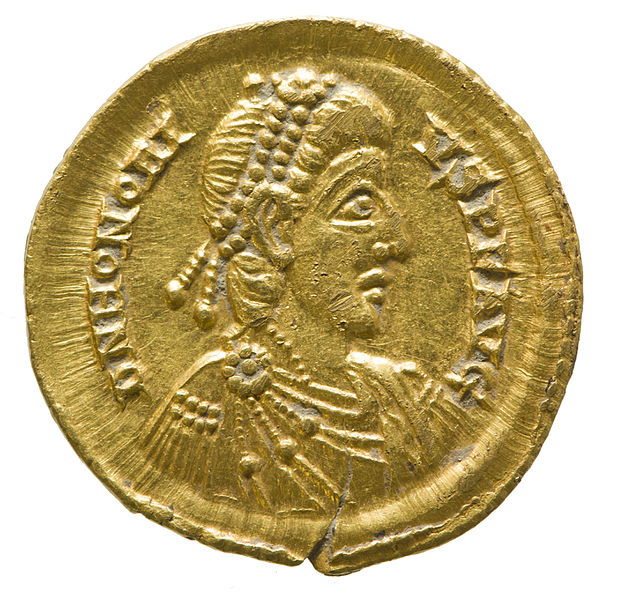This article is based on a paper given at this year’s Museum Computer Group held at the Wellcome Trust on October 19th.

Legacy and sustainability were two of the biggest issues York Museums Trust (YMT) grappled with when running two Wikimedian in Residence programmes with Wikimedia UK.
During these residencies we made real progress and learnt a lot about what success can actually mean when attempting to share knowledge freely and openly.
And I have begun to realise – rather belatedly – two very important things:
- That the enrichment of individuals’ lives is as important as reaching new audiences and racking up page views for collections objects.
- Free and open knowledge is a platform from which these truly meaningful connections with individuals can be made and then shared.
Now don’t get me wrong. When Andrew Woods, YMT’s curator of numismatics, came up with the idea of populating the biography pages of Roman emperors – and later medieval kings – with coinage depicting them; a project that would put a nationally-recognised collection in front of 600,000+ people a month; I was impressed. In fact it got me the gig at the Wellcome Trust this October.
But there was something bigger happening here.
What sounds like a very straightforward Commons upload project was actually the culmination of a couple of years work. But the time spent getting to this point doesn’t diminish the impact of the outcome – especially if you look beyond the numbers and museum catalogue improvements.
This was the first legacy project at YMT since our highly-skilled Wikimedian in Residence Pat Hadley had left for pastures new. A legacy project based around a model that could be sustained for other collections.
It was the first time a Wikipedia project at YMT had been run without any real direct input from the Digital Team.
Joan Pritchard – Andy’s amazing volunteer – was taught to handle and photograph museum collections, how to edit Wikipedia and use Commons, how to use a collections management system and how to map data to templates for uploading.
What amazed me most, however, was the inspiring, self-led learning that comes with working directly with a collection. Handling museum objects affords you time to think, ask questions and develop knowledge. By the end of the project Joan could identify badly-corroded coins with ease and had developed a real connection with the things she was digitising for Commons.
She also became aware of the power good imagery can have when exploring and interpreting a ‘difficult’ collection. The photography was the ‘most valued part’ of the project for Joan and provided a good counterbalance to upload template creation. Couple this intimacy with collections with the fact that your work ends up in front of hundreds of thousands of people with either a direct or indirect interest in the subject matter and you have a heady cocktail. This shows the power of digital engagement when it is based on sharing and openness through and through – not just the open licensing of the end product.






